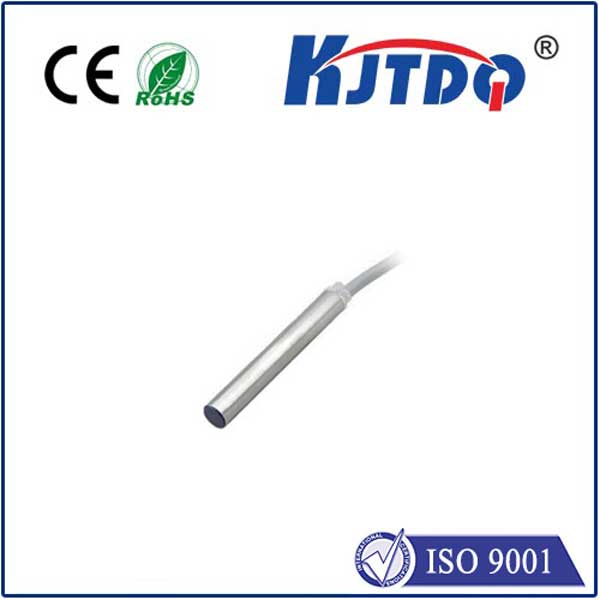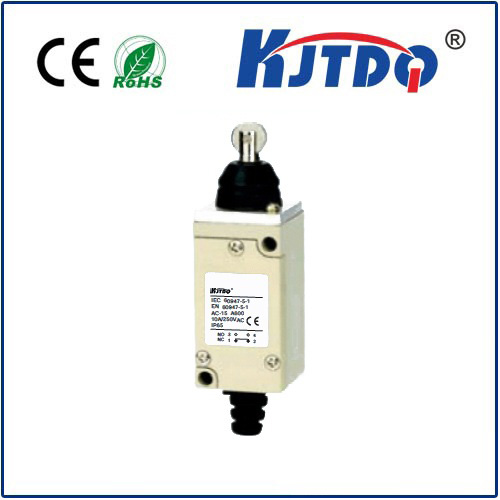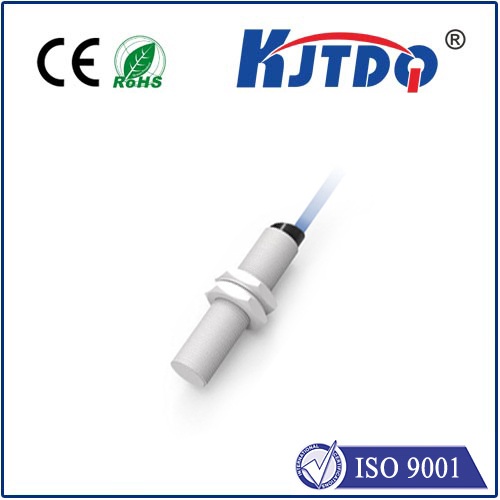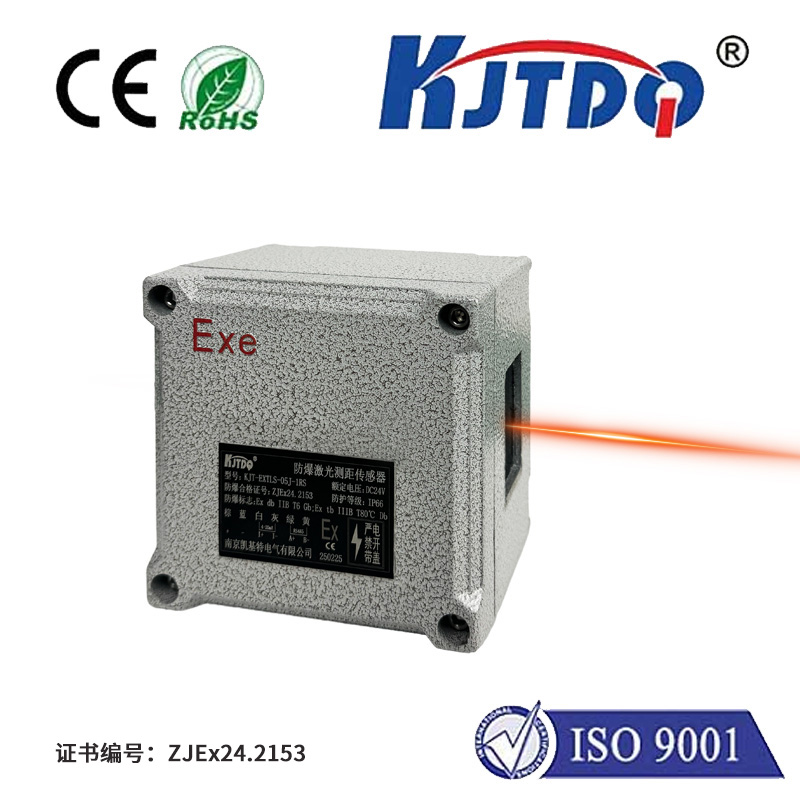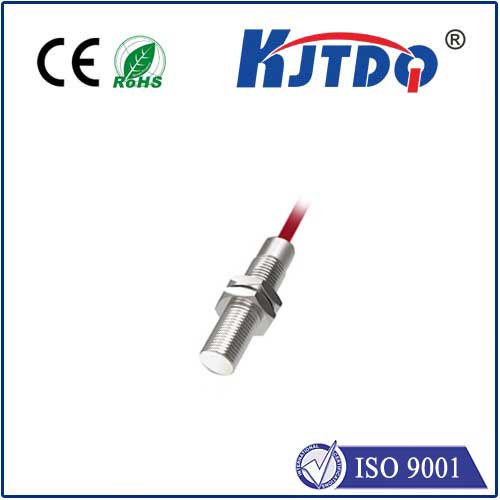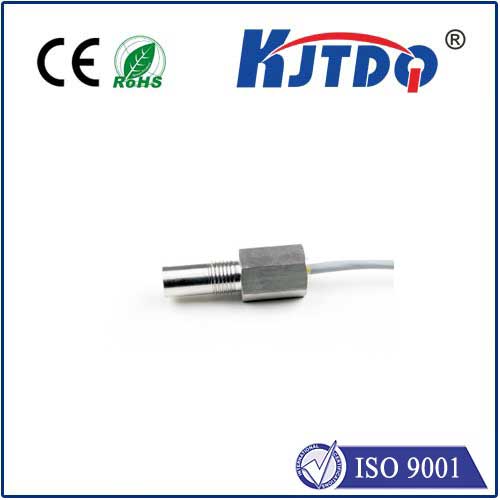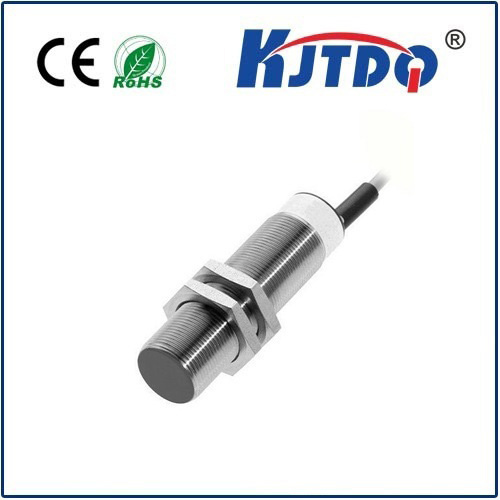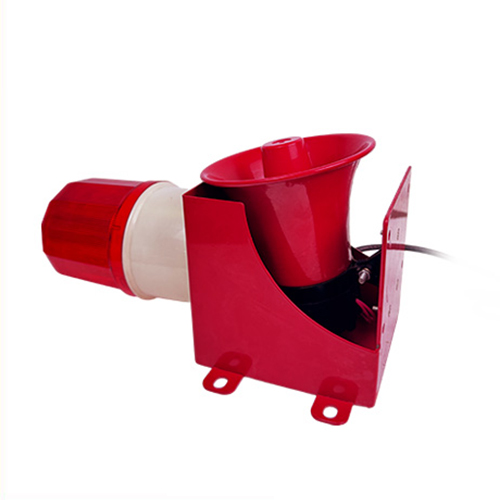

check

check

check

check
Ever been startled awake by a sudden noise outside? Or felt a pang of unease leaving your prized possessions unattended? In today’s world, proactive security is no longer a luxury but a necessity. One of the most effective technological sentinels standing guard is the security proximity sensor, a fundamental building block in modern intrusion detection systems. These intelligent devices offer a critical early warning system, quietly and efficiently monitoring designated areas for unauthorized movement long before a potential threat reaches your door or valuables. Understanding how they work and their benefits is key to crafting a robust security strategy.
At their core, security proximity sensors are electronic devices designed to detect the presence, motion, or absence of objects (primarily people) within a defined range without physical contact. They act as the vigilant eyes of your security system, constantly scanning their assigned zones. Immediate detection is their superpower, triggering alerts or activating other security measures the instant an intrusion occurs within their proximity field. This capability transforms them into a powerful deterrent and a rapid response enabler.
Several technologies power these essential devices, each with unique strengths suited to different applications:

Passive Infrared (PIR) Sensors: The most common type found in homes and businesses. PIR sensors detect heat energy (infrared radiation) emitted by warm bodies. As a person moves across the sensor’s field of view, it detects the change in infrared radiation patterns, triggering an alarm. They are energy-efficient, cost-effective, and excellent for detecting moving heat sources like humans or animals within indoor spaces. Crucially, they are less prone to false alarms from wind-blown objects compared to older technologies.
Microwave Sensors: These sensors emit continuous microwave signals (similar to radar) and analyze the reflected waves. The Doppler effect is key here: movement towards or away from the sensor causes a measurable shift in the frequency of the reflected waves. Microwave sensors excel at covering larger areas and penetrating non-metallic materials like drywall or glass, making them suitable for warehouses or areas requiring wide coverage. However, they can be more susceptible to false triggers by moving objects like curtains or small animals in windy conditions outdoors.
Dual-Technology Sensors: Combining PIR and microwave capabilities, these sensors represent a significant advancement in reliability. To trigger an alarm, both technologies must detect activity simultaneously. This dual verification drastically reduces false alarms caused by environmental factors (e.g., sunlight heating affecting PIR or moving debris triggering microwave alone), making them ideal for high-security zones or locations prone to spurious triggers. They offer a heightened level of confidence in detection accuracy.
The applications for security proximity sensors are vast and varied, offering protection in numerous scenarios:
Choosing the right security proximity sensor involves careful consideration of several factors:
The strategic deployment of security proximity sensors delivers tangible benefits:
Selecting and strategically placing security proximity sensors is fundamental to building an effective, layered security defense. From safeguarding a cozy home to securing a sprawling commercial complex, these intelligent devices provide that critical first layer of awareness. By understanding the technologies – PIR for focused heat detection, microwave for wider coverage or penetration, and dual-tech for maximum reliability – and carefully matching them to the specific environment and needs, you create a responsive security shield. This proactive detection empowers you to respond swiftly, deter threats effectively, and maintain control over your protected spaces. Investing in the right proximity sensors is an investment in vigilance, safety, and lasting peace of mind.
